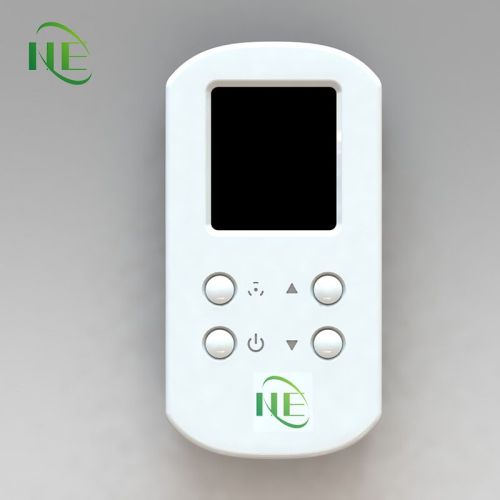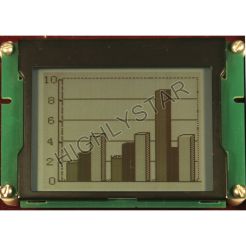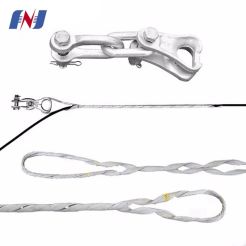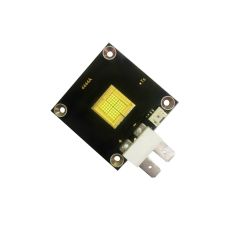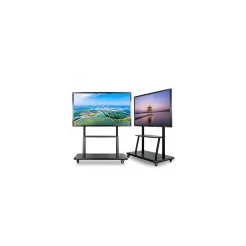Introduction to Radiation Detectors
Product Description
https://www.radsafetech.com/productstags/introduction-to-radiation-detectors.html
For those who work with or around radiation, one of the most important factors is understanding the radiation levels around you. This is mainly achieved through the use of different types of radiation detectors. A basic understanding of the different types of detectors and how they work goes a long way in finding the best detector for the required task and maximizing the benefits of operating that detector.
When many people think about radiation detection, they tend to refer to them collectively as "Geiger counters," a misunderstanding heavily encouraged by popular television shows and movies. Although one of the most common types of radiation detectors is actually called a "Geiger-Muller (G-M) tube," the blanket phrase "Geiger counter" is not always the most appropriate. It is suitable for a very specific type of detector and often for that detector's specific application. Radiation detection devices are often classified according to the type of detector element employed or the application involved. The instrument is called an ionization chamber, a meter, a contamination meter, or a Frisker probe. Popular culture has so overturned the correct use of "Geiger counter" that using the phrase often does not provide enough information about the device in question.
First Radiation Detector
Since Roentgen and Becquerel's early radiation tests, scientists have been looking for ways to measure and observe the radiation emitted by the materials they work with. One of the earliest methods of capturing radioactivity data was photographic plates. Photographic plates will be placed in the path of/near the radioactive beam or material. When a plate is developed, it can become mottled or fogged from exposure to radiation. Henri Becquerel demonstrated the existence of radiation in 1896 using a similar method.
Another common early detector was the electroscope. They use a pair of gold foils that become charged and repel each other due to ionization caused by radiation. This provides a method of measuring radiation with greater sensitivity than is reliably possible using photographic plates. Depending on the arrangement of the device, they can be configured to measure alpha or beta particles and are a valuable tool for early experiments involving radioactivity.
The rotating mirror was an interesting early device that arose out of a desire to measure the actual individual particles or rays emitted by radioactive substances, rather than making cruder measurements of radioactive fields. Invented by William Crookes, who also invented the Crookes tube used by Wilhelm Roentgen to discover X-rays, it uses a zinc sulfide screen on one end of the tube and a lens with a small amount of radioactive material close to the zinc sulfide screen. The zinc sulfide reacts with the emitted alpha particles, creating a tiny flash of light with each interaction. This was the first way to calculate decay rates, although it was a very tedious method because it meant scientists had to work in shifts observing and actually counting the flashes. The rotating mirror was not very practical as a long-term solution for radiation detection, although it did experience a renaissance as an educational tool in the late 20th century. The tendency of certain materials to emit light when exposed to radiation could also prove valuable in future radiation detection technologies.
These early devices, as well as many others such as cloud chambers, were valuable in developing an understanding of the fundamental principles of radiation and conducting important experiments that laid the foundation for later developments. These included the development of new radiation detectors, many of which are still in use today, such as G-M Tubes, Ionization Chambers, and Scintillators.
